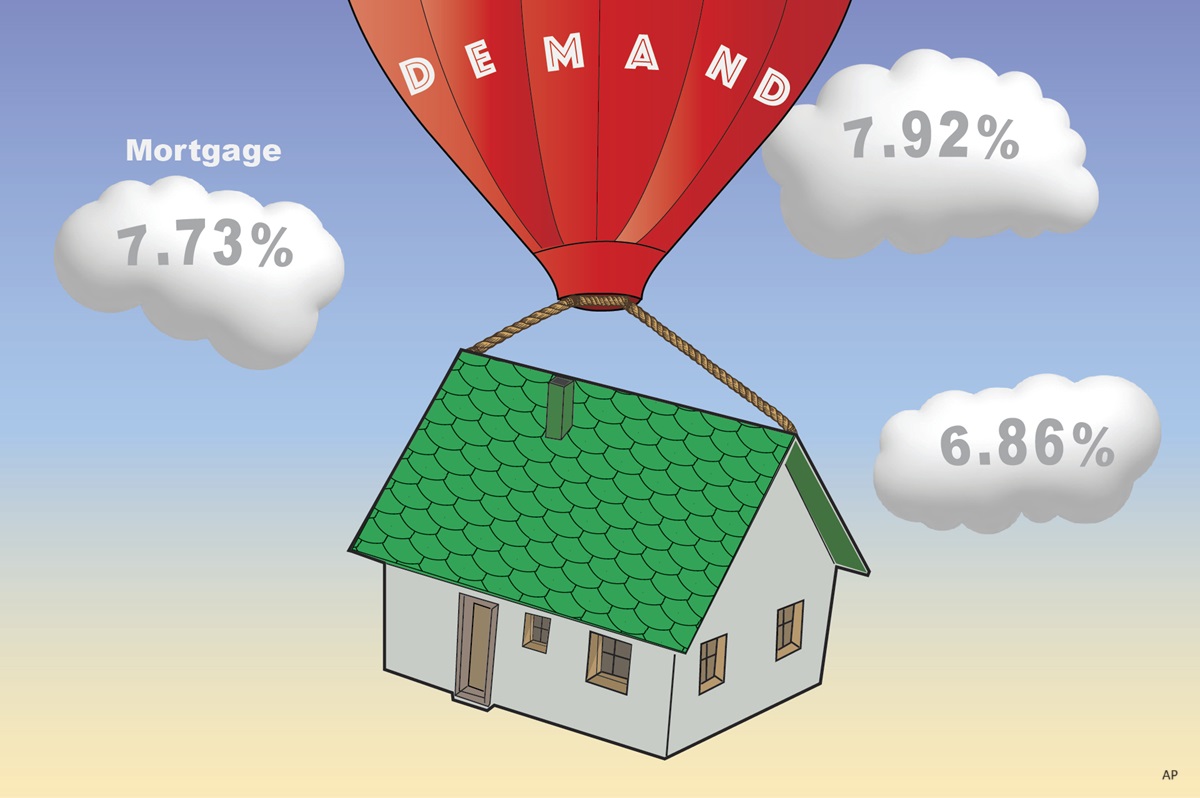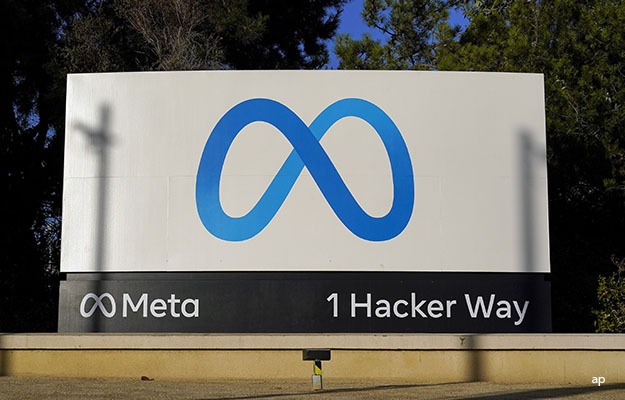
All eyes of the crypto community are on the next Bitcoin halving, scheduled for mid-April.
This event, which occurs roughly every four years, is the fourth in the history of Bitcoin and means that the miners' reward, following the approval of new blocks added to the blockchain, will fall by half. This will reduce the frequency of new BTC injected into the system, as the total amount of mined Bitcoin edges closer to the maximum threshold of 21 million circulating units.
What Happened After Past Halvings?
The first halving took place on 28 November 2012, after the first 210,000 blocks had been drawn. On that occasion, the reward was reduced to 25 coins per new block. After a further 210,000 blocks the reward fell to 12.5 Bitcoins on 9 July 2016, and to 6.25 on 12 May 2020. With the upcoming halving it will fall from 6.25 to 3.125 BTC. This continues until 2140, when after the final halving, all 21 million tokens will be in circulation.
By reducing the reward for creating new blocks on the blockchain – an expensive process requiring energy-hungry computers – the incentive to produce new Bitcoins is theoretically reduced. Halving, therefore, has historically triggered supply shocks that, in turn, have generated greater interest and speculation within the crypto community.
Generally, halving seems to have triggered price increases in the past. According to research by crypto tax consultancy CoinLedger in the six months following the last two halvings, the value of BTC increased by 51% and 83% respectively. Of course, the value of Bitcoin in those days was far from what it is today: At the 2016 halving, one BTC was worth US$650 and in 2020, US$8,572.
Why This Halving Could Be Different
The current market dynamics in which the halving will take place are unique in the history of cryptocurrency, prompting a reassessment of its potential impacts, according to a study published last week by the research team of 21Shares, the first issuer of exchange-traded crypto products in Europe.
The researchers said that the four-year halving effect gradually diminished over time, with each successive event leading to a decrease in growth rates in the value of Bitcoin. For example, BTC surged about 5,500% in the four years following the first halving, by about 1,250% in the cycle following the second halving and by roughly 700% in the current cycle. This suggests an increasing maturity of the market.
Also, Bitcoin is currently soaring close to its all-time high, whereas during past halvings it has traded 40% to 50% below prior highs.
One wild card in the current cycle has been the launch of cryptocurrency exchange-traded products. "BTC spot ETFs demonstrated staggering trading volumes, signaling significant interest from traditional investors by reaching a new all-time high of over US$1 billion of inflows in a single day on March 13, 2024," 21Shares said.
Finally, the study's authors claim that the entry of institutional players is changing the overall 'habits' of Bitcoin investors, with long-term holders becoming increasingly important and the amount of Bitcoin held on exchanges at a five-year low.
“If this trend were to persist, Bitcoin's supply would become increasingly illiquid, setting the stage for a supply squeeze and consequently a potential sharp rise in price,” say the analysts.
21Shares is, unsurprisingly, striking an optimistic tone on Bitcoin. What seems certain, however, is that current supply and demand dynamics are very different from those of the past.




















